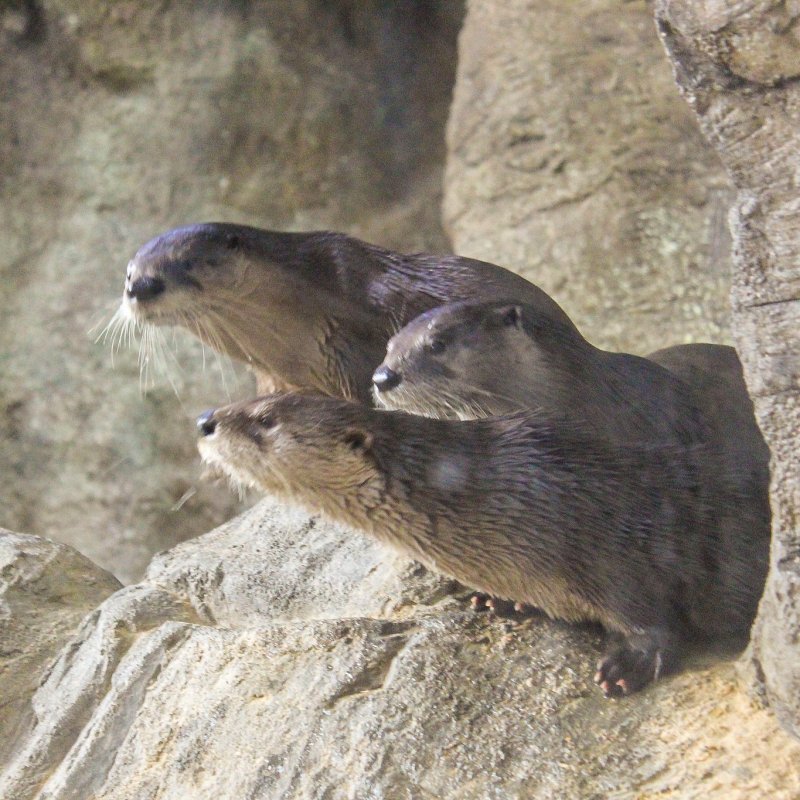Thank you for visiting us in the Lehigh River Watershed gallery of exhibits at the Da Vinci Science Center, we hope you had a blast learning about nature in our region and what you can do to help conserve it.
Since you voted for one of the actions below to help protect local snake species, here is some more information on how to take action to help their populations!
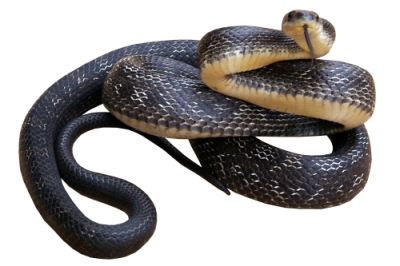
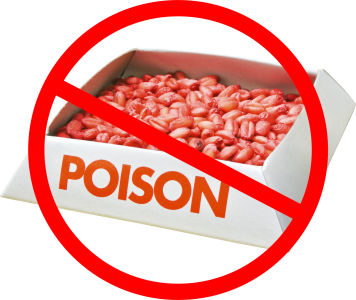
I will not use rat or mouse poison to control pests.
Pesty rodents that get into our houses are often also food for snakes and other animals. When we use rodenticides (rat and mouse poison) this initially weakens the rodent, making them an easy meal for a snake, owl, fox, or many other animals. After eating a poisoned rodent, the predator becomes poisoned as well. Using snap traps or live trapping and relocating rodents are both methods of pest control that are less harmful to the environment. Making your property more inviting to snakes and other rodent-eaters is the best option. Easy actions like planting native plants and letting the edges of your yard get a little overgrown and messy can help attract animals that will do the pest control work for you, and you will help these snakes and other animals thrive!
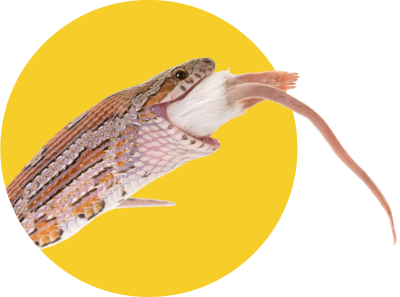
I will help prevent snakes from getting hit by cars.
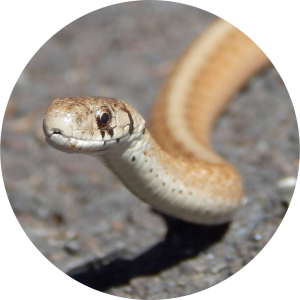
Snakes frequently get hit by cars as they are crossing roads in their territories. Drive slowly and carefully in rural areas, especially on warms nights, to better avoid hitting snakes. If you see a snake crossing a road, slow down until it finishes crossing, this can help save its life. Never pick up a snake, as there are venomous and non-venomous snake species in our area that look very similar to each other.
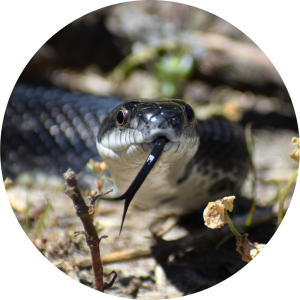
I will teach others about how most snakes are harmless, and how all are beneficial.
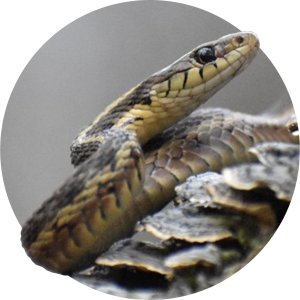
Many people have an instinctual fear of snakes, dating back to humans’ early ancestors, who developed this fear to keep them safe from venomous snakes since they lived in the wilderness. Thankfully, with modern ways and knowledge, we have little reason to fear snakes. We should work to teach others how awesome these animals are, and how to stay safe without persecuting snakes.
Only 3 of the 21 snake species found in Pennsylvania are dangerously venomous. Many are mildly venomous but completely harmless to humans. The two more common venomous species, Northern Copperhead and Timber Rattlesnake, are habitat specialists found in rocky areas. The third species (Eastern Massasauga) is only found in a tiny area of western Pennsylvania and is very rare, so your chances of coming across a snake that can seriously hurt you in the Lehigh River Watershed is low. Since it is possible though, you should always be on the lookout for snakes when hiking or working outside in rural areas, and you should always keep a safe distance from snakes that you see. Most venomous snake bites in our area occur when folks are trying to pick up or kill a snake, since our dangerous species are very mild-mannered and usually must be heavily provoked before biting.
Snakes are beautiful animals, can be great for controlling mice and insects, and are very important to the ecosystem. Teach others how awesome snakes are, and to appreciate them instead of fearing them!
I will not use glue traps to control pests.

Snakes and other animals can be caught in glue traps accidentally and can suffer for a long time before perishing. Due to their long, slender build, snakes often cannot be removed from these traps without being gravely injured. Even for target pest species, glue traps cause suffering. Live traps or snap traps are more humane and environmentally friendly ways of controlling rodents. But the best way to control pests is to make your property more appealing to predators, and let them do the work for you. Snakes prefer brush, sunny piles of rocks, and areas with native plants where they can find more food.
These are just a few of the ways that we can take action to help this and many other animal species.


